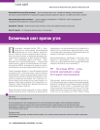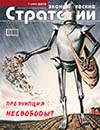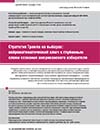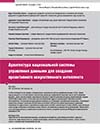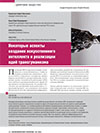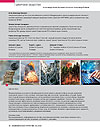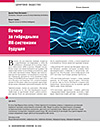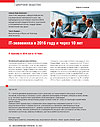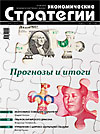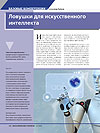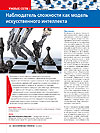IT is the fastest growing sector of the economy, where information is the product: description of technologies, software and services, digital multimedia material, e-books, patents, etc. Payment systems also represent a kind of information. If previously the period of technological structures change constituted hundreds of years, now it happens during one person’s life. Gartner company conducted a survey and published the list of priority directions of IT development in 2017: artificial Intelligence and deep learning; intelligent applications; intellectual things; virtual and augmented reality; digital counterparts (dynamic program models of real objects and systems); blockchain (cryptocurrency) and distributed expenses book; conversational systems; network applications and architecture; digital platforms; adaptive security architecture.
Продолжить чтение



